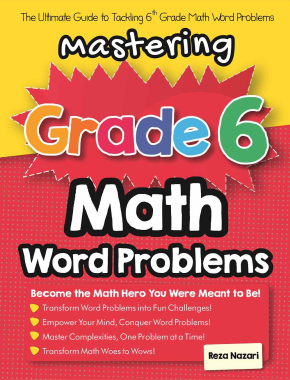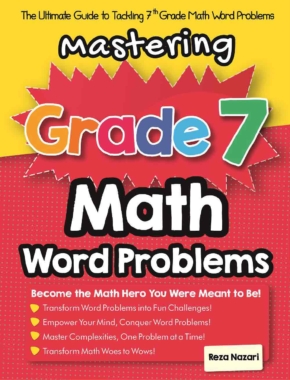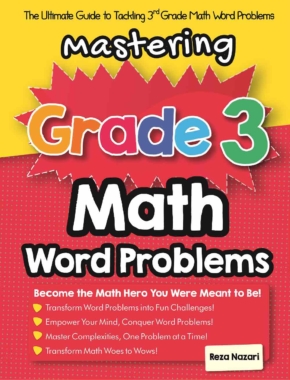How to Use Elimination to Solve a System of Equations: Word Problems

When confronted with a system of equations, numerous methods can guide you toward the solution, each with its unique process and appeal. One such method, termed ‘Elimination,’ provides a structured, systematic approach. This article will detail the elimination method step-by-step, contextualizing it within word problems.
A Step-by-step Guide to Using Elimination to Solve a System of Equations: Word Problems
Elimination, as the name suggests, focuses on eliminating one variable to simplify a system of equations. This method is particularly effective for linear equation systems where addition or subtraction can effectively reduce the system to one equation with one unknown.
Step 1: Decipher the Word Problem
The first step involves translating the narrative problem into mathematical terms. Identify the unknown variables and define them. For example, a problem may involve the cost of apples and bananas. Here, the unknowns are the cost of an apple and a banana.
Step 2: Develop the System of Equations
With the variables identified, the next task is to formulate a system of equations based on the problem’s conditions. Suppose the problem states that three apples and two bananas cost \($13\), and five apples and four bananas cost \($23\), you would get two equations: \(3a+2b=13\) and \(5a+4b=23\).
Step 3: Arrange for Elimination
Before you can eliminate a variable, the equations must be arranged appropriately. You should arrange the equations so that one of the variable’s coefficients in one equation is the opposite of the same variable’s coefficient in the other equation. If such a condition doesn’t exist, you might have to multiply one or both equations by a suitable number.
Step 4: Execute the Elimination
With the equations arranged, it’s time to add or subtract them to eliminate one variable. In our example, if we multiply the first equation by \(2\), we obtain: \(6a+4b=26\) and \(5a+4b=23\). Subtraction of the first from the second equation eliminates \(b\), giving \(-a=-3\).
Step 5: Solve for the Remaining Variable
With one variable eliminated, you’re left with a simple equation to solve. In our case, solving \(-a=-3\) gives the price of an apple.
Step 6: Substitute and Solve for the Second Variable
Substitute the found value into any original equation to solve for the second variable. If the price of an apple is found to be \(3\), substituting this into \(3a+2b=13\) will yield the price of a banana.
Step 7: Verify Your Solution
Always ensure to check the solution by substituting the values back into the original equations. If both equations hold true, you’ve successfully solved the system.
Related to This Article
More math articles
- 5 Bеѕt саlсulаtоrѕ fоr ѕtаtiѕtiсѕ
- Geometric perspective: A Deep Dive into Polar Coordinates
- Picture Perfect Inequalities: How to Graph Solutions of Two-Step Inequalities
- 6 Best Pre-Algebra Study Guides
- Pre-Algebra Worksheets: FREE & Printable (Updated for 2024)
- 3rd Grade MCAS Math Practice Test Questions
- How much Does It Cost to Retake the CBEST Test?
- Top 10 Tips to Overcome SHSAT Math Anxiety
- The Ultimate HSPT Math Formula Cheat Sheet
- Top 10 STAAR Grade 8 Math Books: A Comprehenisve Review


















What people say about "How to Use Elimination to Solve a System of Equations: Word Problems - Effortless Math: We Help Students Learn to LOVE Mathematics"?
No one replied yet.